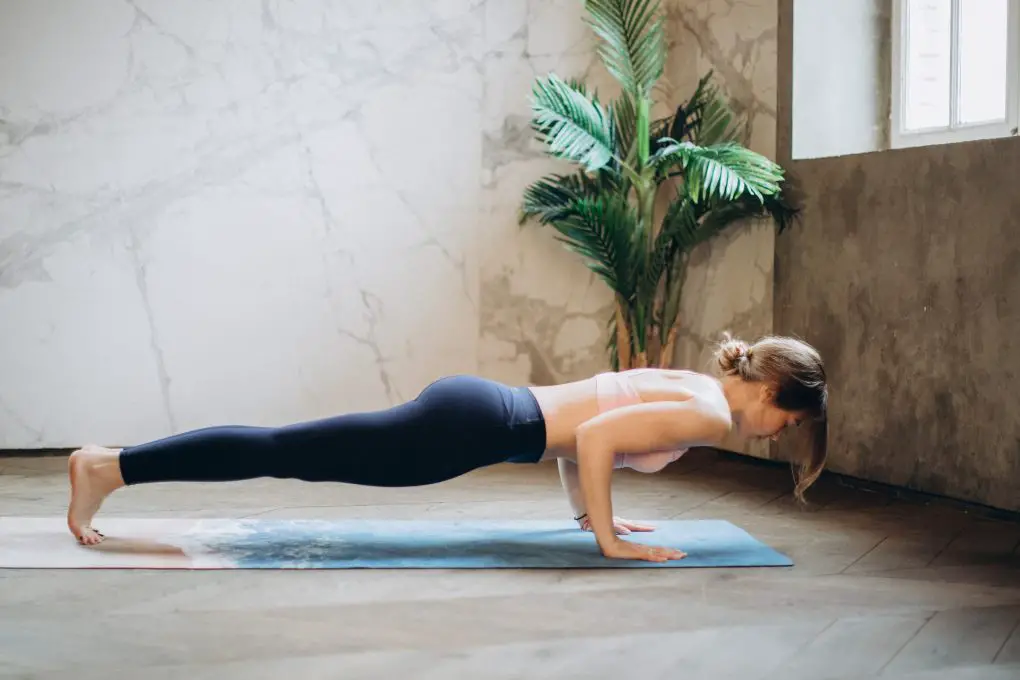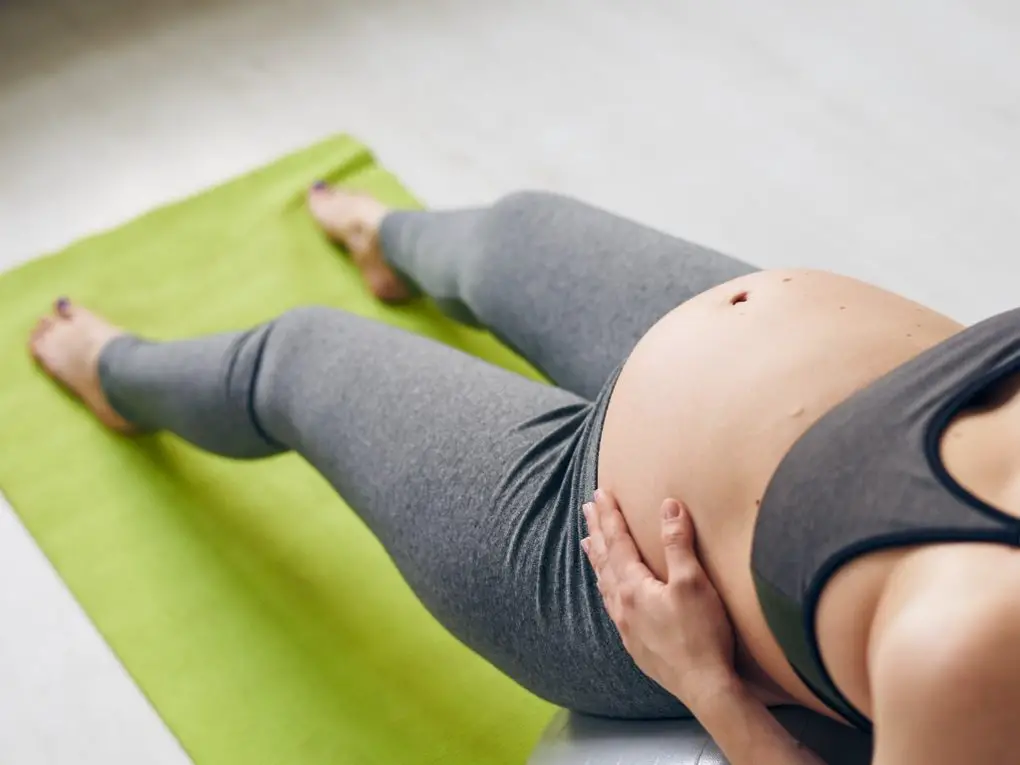What Are Compression Leggings: Benefits, Uses, and How They Work
Compression leggings are sportswear designed to fit tightly around the legs, providing a level of compression that can help improve blood flow, reduce muscle fatigue, and enhance athletic performance.
These leggings are typically made from a blend of materials, including spandex, nylon, and polyester. They are available in various styles, from full-length leggings to Capri-length shorts. Some compression leggings feature additional features, such as moisture-wicking technology and anti-chafing seams.


While compression leggings are often associated with athletic performance, they can also be worn for everyday activities. For example, some people wear them to help reduce swelling in the legs, while others wear them to improve circulation and prevent blood clots during long periods of sitting or standing.
Everything You Need to Know About Compression Leggings
Material and Design
Compression leggings are sportswear designed to provide graduated compression, which means the compression is tighter around the ankles and gradually decreases as it moves up the leg.
As mentioned, they are made from various materials, including spandex, nylon, and polyester. These materials are chosen for their ability to stretch and provide support. The combination of these materials creates a fabric that is both breathable and moisture-wicking, which helps to keep the wearer cool and dry during exercise.
Compression leggings are designed to fit tightly around the legs, providing support and compression. They are available in various styles, including full-length, capri, and shorts. Some compression leggings feature additional design elements, such as padding or breathable panels, to provide additional comfort and support.
Benefits
Compression leggings provide several benefits for athletes and fitness enthusiasts. First, the compression provided by these leggings can help to improve blood flow and reduce muscle fatigue during exercise.
These leggings may also help reduce muscle soreness and speed up recovery after exercise. Additionally, compression leggings can help to improve athletic performance by providing support and stability to the muscles.
Compression leggings may also benefit individuals with certain medical conditions, such as varicose veins or lymphedema. These conditions can cause swelling in the legs, and compression leggings can help to reduce this swelling and improve circulation.


How They Work
Compression leggings are designed to provide targeted pressure to the legs and hips, which helps to improve blood circulation and reduce muscle fatigue. The compression in the leggings works by applying pressure to the muscles, which helps to improve the flow of blood and oxygen to the area.
This increased blood flow can help to reduce muscle soreness and fatigue and can also help to speed up recovery time after exercise. Compression leggings come in different compression levels, ranging from light to extra firm. The level of compression you choose will depend on your needs and preferences.
Light compression leggings are ideal for everyday wear, while medium compression leggings are better suited for exercise and sports. In addition, extra firm compression leggings are designed for people who need extra support, such as those with varicose veins or other circulation problems.
Compression leggings provide targeted support to the muscles, which helps to reduce muscle fatigue and soreness. The compression helps to stabilize the muscles, which can help to reduce the risk of injury during exercise. Compression leggings can also help improve muscle recovery time, allowing you to return to your workout routine faster.
The compression helps to improve blood and oxygen flow to the muscles, which can help reduce muscle soreness and fatigue. Improved blood circulation can also help to reduce the risk of blood clots and other circulation problems.
Who Should Wear Compression Leggings
Athletes can benefit from wearing compression leggings during and after exercise. Compression leggings can help improve blood flow, reduce muscle vibration, and support muscles during high-intensity workouts.
This can help to reduce muscle fatigue, soreness, and the risk of injury. Compression leggings can also help speed up recovery time after exercise by reducing inflammation and promoting muscle blood flow.
Pregnant women can also benefit from wearing compression leggings to help improve circulation and reduce swelling in the legs, ankles, and feet. Compression leggings can also help to support the lower back and hips, which can be beneficial during pregnancy. However, pregnant women should consult with their doctor before wearing compression leggings to ensure that it is safe for them to do so.


People with medical conditions such as varicose veins, lymphedema, and deep vein thrombosis (DVT) can benefit from wearing compression leggings to help improve circulation and reduce swelling.
Compression leggings can also help reduce the risk of blood clots and other associated complications. However, people with medical conditions should consult with their doctor before wearing compression leggings to ensure that it is safe for them to do so.
How to Choose the Right Compression Leggings
Size and Compression Level
Choosing the right size for compression leggings is crucial to ensure maximum benefits. Compression leggings should fit snugly without being too tight or uncomfortable. Measuring your waist, hips, and inseam is essential to select the right size. Be sure to check the sizing chart provided by the manufacturer before making a purchase.
The compression level is an essential factor to consider when choosing compression leggings. The compression level is measured in millimeters of mercury (mmHg). The higher the mmHg, the higher the compression level.
Compression leggings with a higher compression level are suitable for individuals with severe swelling or pain. However, it is recommended to consult a doctor before using high-compression level leggings.
Purpose
Compression leggings are designed for different purposes. Some are designed for running, while others are designed for yoga or weightlifting. Choosing compression leggings suitable for the activity you plan to engage in is essential.
For example, if you plan to run, you should choose leggings that support your thighs and calves. When choosing compression leggings, it is important to consider the fabric, breathability, and moisture-wicking properties.
Compression leggings made of breathable and moisture-wicking fabrics are suitable for individuals who engage in high-intensity activities. Additionally, it is recommended to choose leggings with flat seams to prevent chafing and irritation.
